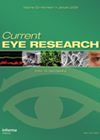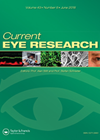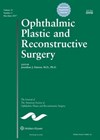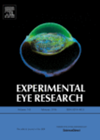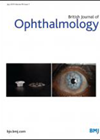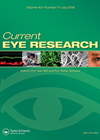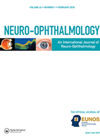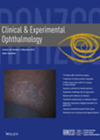
Journal Reviews
Glaucoma and capillary perfusion
Elevated IOP is important but not the sole factor responsible for retinal ganglion cell (RGC) death and optic nerve damage in glaucoma. There is increasing evidence that visual loss correlates with macular inner retinal thinning. A total of 148 eyes...
Diclofenac versus Bromfenac after cataract surgery
Non-steroidal anti-inflammatory drugs (NSAIDs) are commonly used after cataract surgery to reduce inflammation and cystoid macular oedema (CMO). Diclofenac 0.1% is used three to five times daily for 28 days and Bromfenac 0.09% twice daily for 14 days postoperatively. The...
Optical quality difference between monofocal and multifocal intraocular lenses
It is well known that multifocal intraocular lenses (IOLs) can generate more than one focus to restore distance and near vision, but patients may experience adverse optical phenomena such as decreased contrast sensitivity and induced glare or halos. The authors...
A case of post-viral ocular microflutter
A number of eye movements disrupt visual fixation, one such movement being saccadic intrusions which are described as small involuntary saccadic movements. Among saccadic intrusions without intersaccadic intervals, ocular flutter and opsoclonus are prominent. When the saccadic amplitude is very...
Bioengineered human tissue
This is a literature review of the current status of tissue engineering related to ocular and oculoplastic reconstructive surgery. The authors describe the process of bioengineering for tissue reconstruction. The aim is to reproduce functional tissue by the use of...
Resveratrol protects against steroid induced intraocular pressure
Topical and systemic steroid delivery is a very effective treatment for many ocular conditions but is compromised by raised intraocular pressure which in turn leads to death of retinal ganglion cells and irreversible blindness. This is an important consideration with...
SS-OCT assessment of ITC after phacoemulsification
This is a multicentre randomised controlled trial of 22 patients with primary angle closure glaucoma with peripheral anterior synechia and peripheral primary angle closure glaucoma (PACG) with peripheral anterior synechia (PAS) detected by indentation gonioscopy was randomised into two groups....
Short-term effects of intravitreal bevacizumab on the cornea
Bevacizumab has been extensively used to treat macula oedema and neovascularisation of the retina and it has also been useful in the management of corneal neovascular diseases. This prospective study aimed to provide more information on the effect bevacizumab may...
Effect of oxygen levels on binocular summation of dark vision
Previous studies have reported conflicting results on the existence of binocular enhancement of dark vision. This study compares monocular and binocular absolute thresholds of dark adaptation in two different populations (healthy individuals and those with chronic respiratory insufficiency). The study...
Adjunctive topical 5-FU vs. MMC for surgically excised, localised OSSN
Ocular surface squamous neoplasia (OSSN) comprises a range of dysplasia including corneal-conjunctival intraepithelial neoplasia and invasive squamous cell carcinoma. The traditional treatment for localised non-invasive OSSN has been surgical excision with or without intraoperative cryotherapy. Postoperative adjunctive topical chemotherapy significantly...

